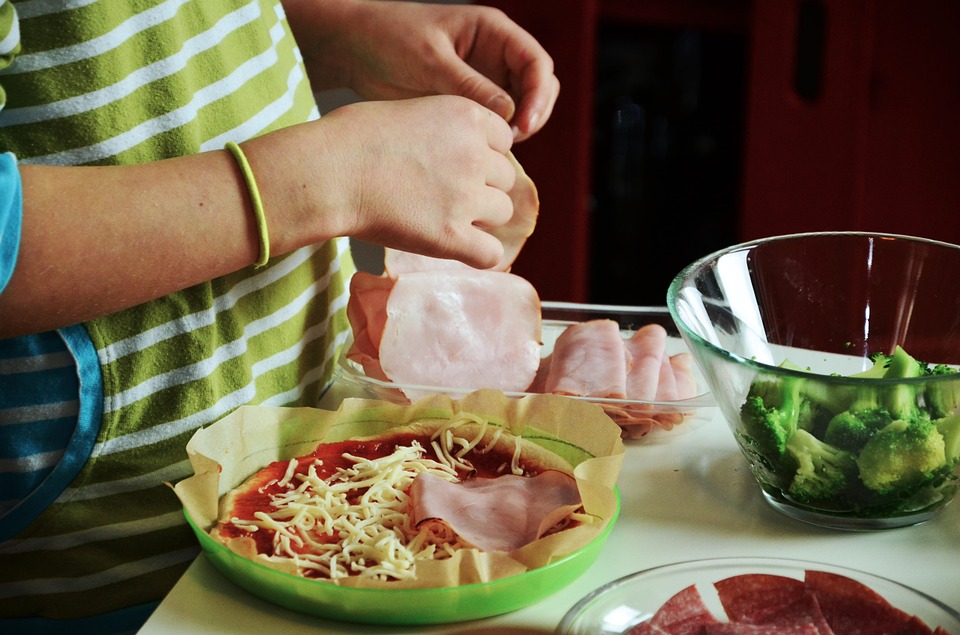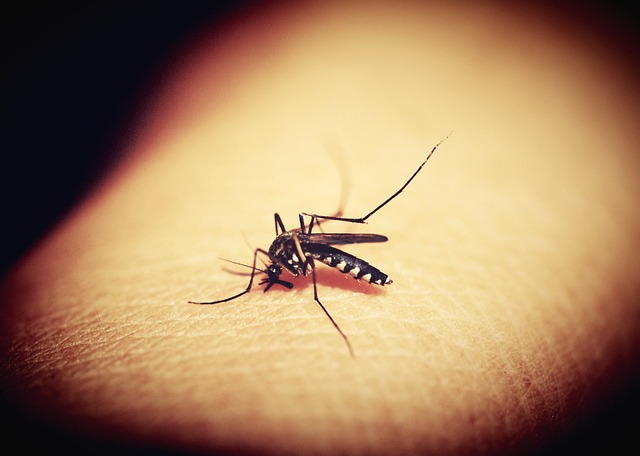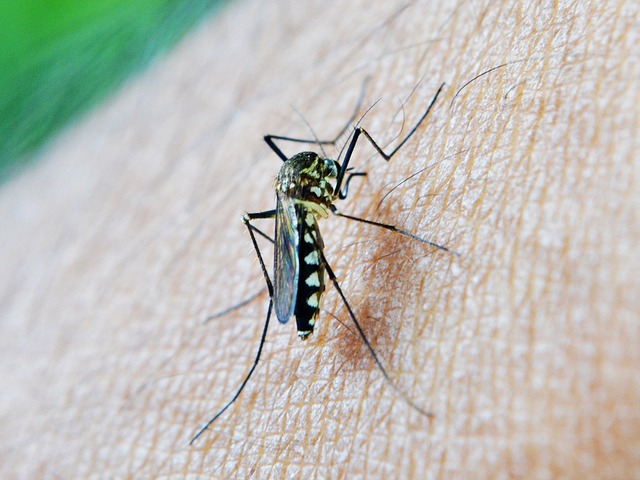While it may not always be convenient for kids to help with the preparation of meals, they shouldn’t be entirely excluded from the kitchen. There are many learning (and bonding) opportunities to be had, not to mention the gaining of some real life skills.
Tips for Getting Children Involved in Cooking
1. Choose the “right” time. Get the kids into the kitchen when you aren’t rushed or in a time crunch. Making weekend brunches or dinners are good — take it slow when everyone’s rested, relaxed, and not tired out from a busy day at school or work.
2. Involve everyone. The younger ones can always watch what’s going on, and pitch in with some hands-on tasks like chopping softer foods with a butter knife, stirring something in a pot or bowl, or ripping up lettuce leaves for salad. The older ones can measure ingredients (use those math skills!), crack eggs, chop veggies, set the oven temperature, etc.
3. Teach kids about nutrition. You can talk about the ingredients on hand, why you are using them, and what benefits they have for our health. At the same time, you’re getting kids curious about the value of different foods, cultivating an appreciation for fresh ingredients, and setting the foundation for healthy eating later on in their lives.
4. Expand the palate. Cooking with kids is also a good way to introduce them to new dishes. If they are involved in the preparations, they will be more willing to try these foods (yes, even the picky ones).
5. Indulge those with a passion for cooking. For those with tween or teens who love pitching in when it comes to prepping and cooking meals, challenge them to cook an entire meal with little or no help from you. This is great practice for when they are on their own; they will learn how to plan ahead, put together a list of what they need, and best of all, you’ll all share the pleasure of enjoying what they’ve whipped up together.
6. Make safety a priority. Always have an adult supervising the kitchen, until you are sure that your child is old enough to handle the responsibilities and understands the safety issues. Get everyone to wear short sleeved tops and tie up loose hair. Make sure everyone stays a safe distance from the stovetop and oven. To minimize accidents, turn pot handles toward the back of the stove. Also, remind everyone to wash their hands before cooking and after handling raw ingredients like eggs or meat.
7. Build confidence and a sense of accomplishment. Helping out feels good, and there’s definitely value in that — and your kids could eventually be a big help in (and outside of) the kitchen.





